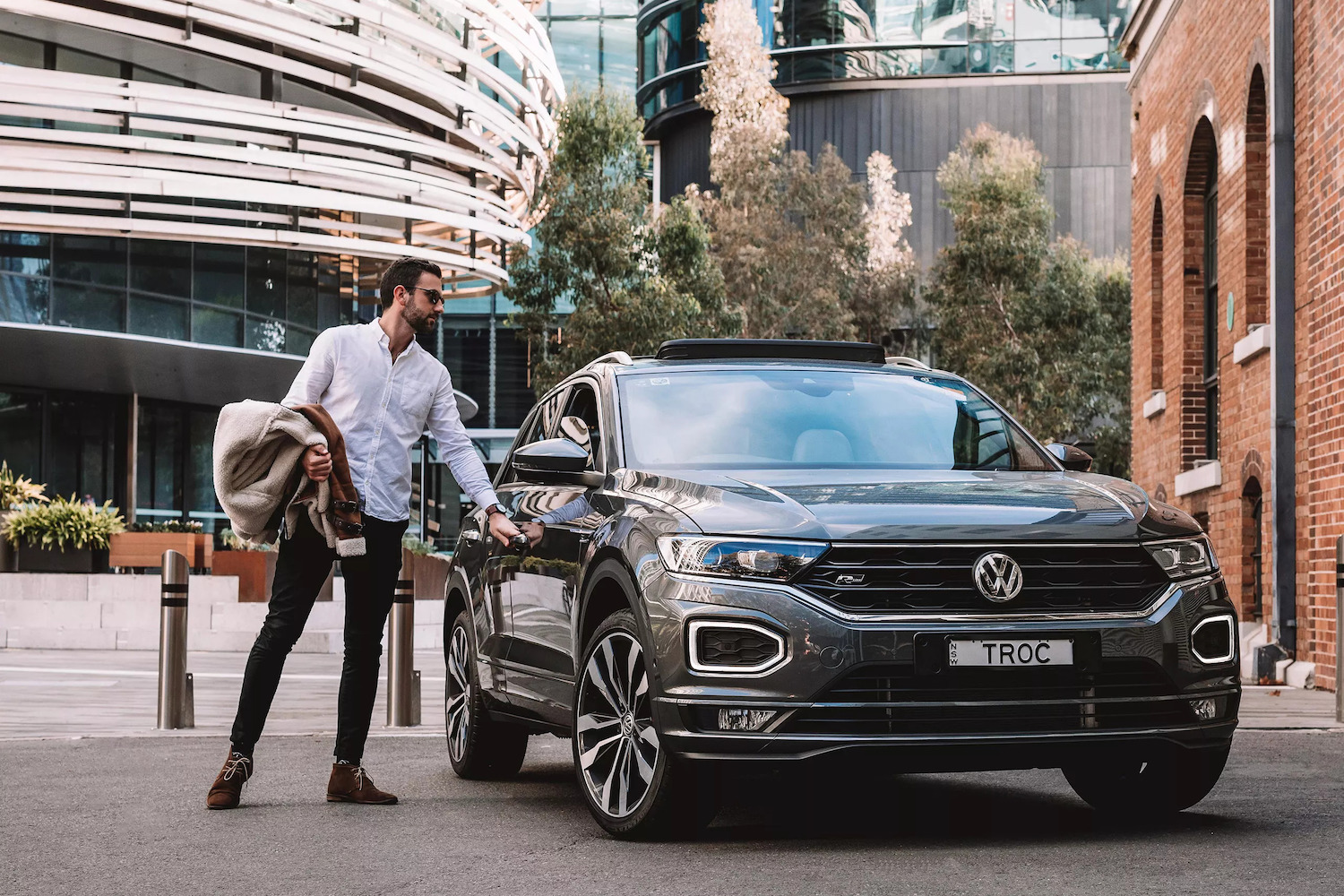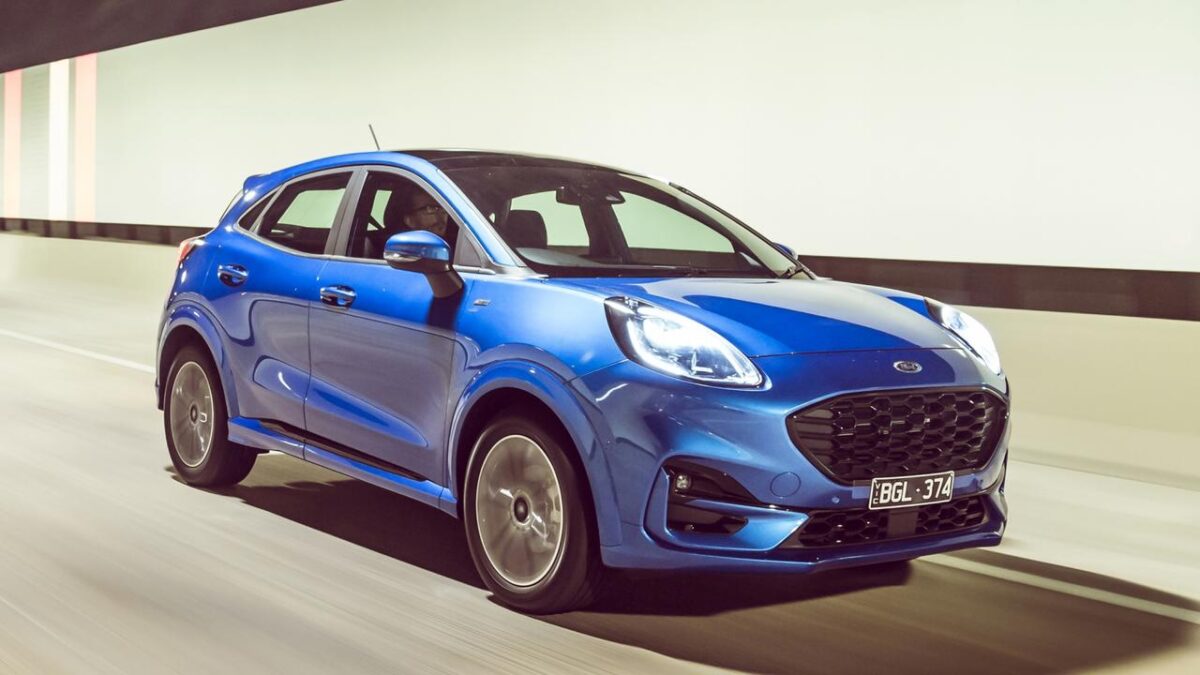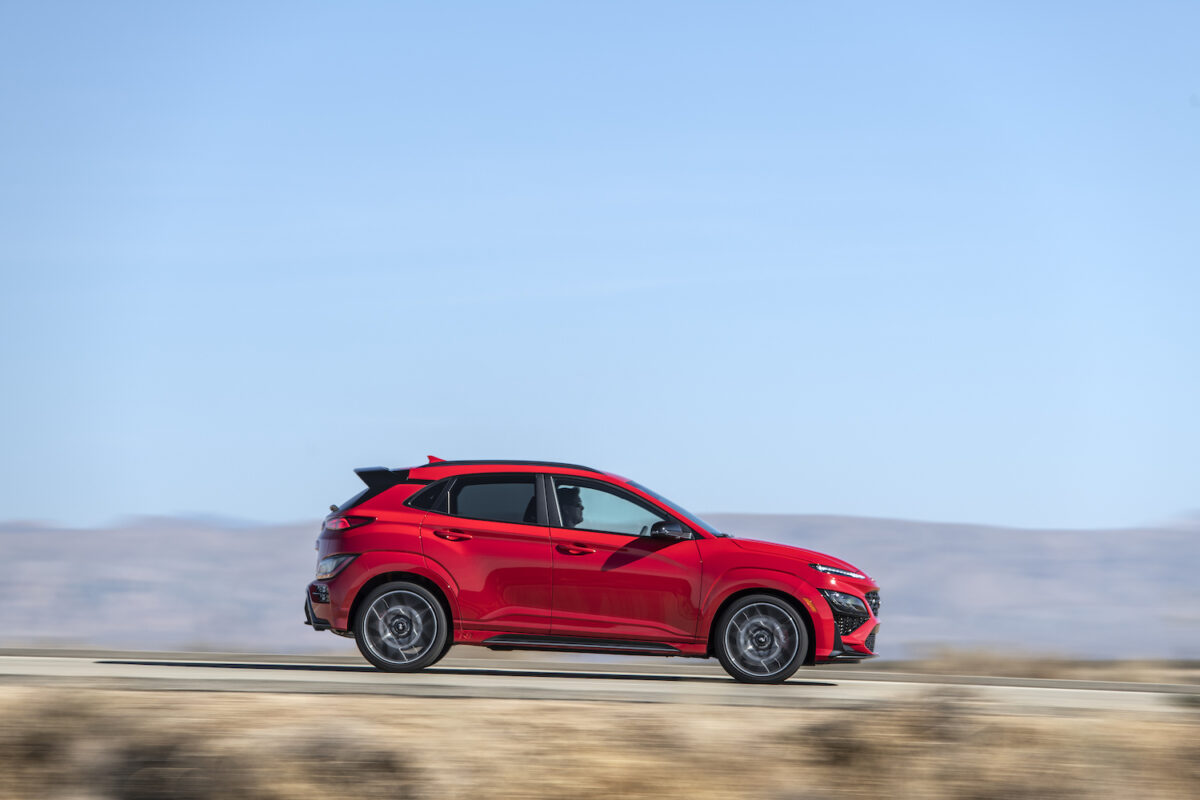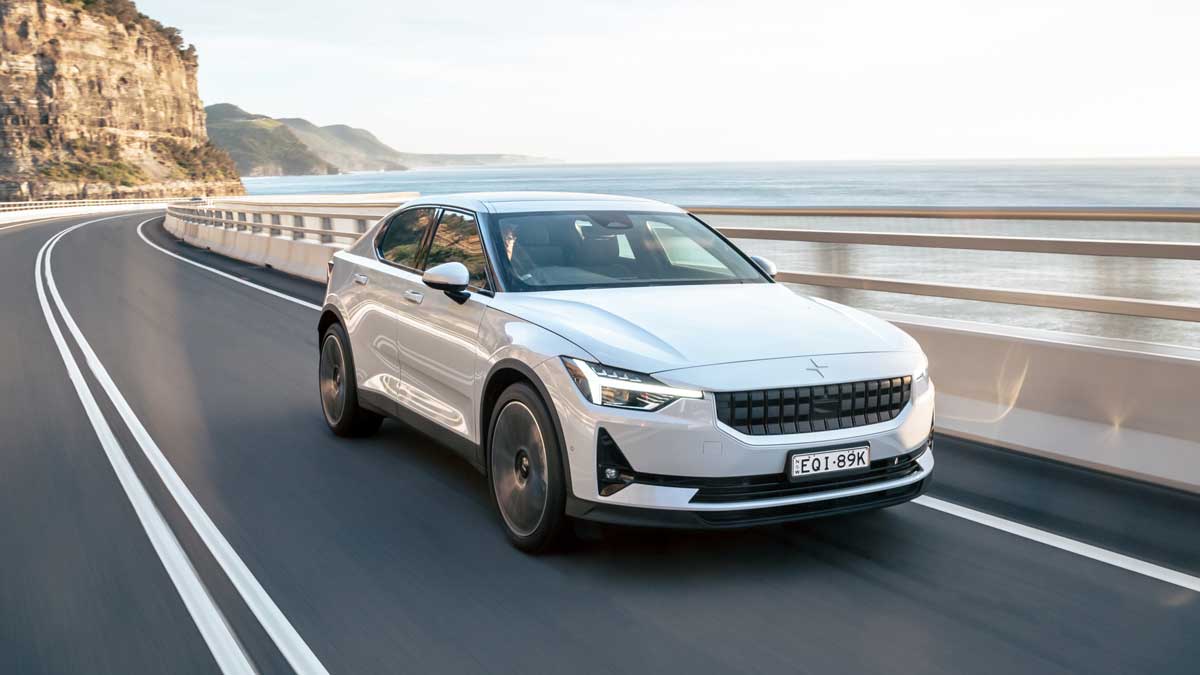
Australians bloody love SUVs. SUVs have long supplanted the hatchback or sedan as the most popular vehicle segment for Aussies, a trend we’ve seen right around the world. It’s not hard to see why, either: their practicality, comfort and greater ride height make them particularly well-suited to a wide range of driving conditions.
But the stereotypical sport utility vehicle is no longer a huge, hulking fuel guzzler. Thanks to the rise of crossover and small SUVs, the typical SUV these days much more closely resembles a jacked-up hatchback – and indeed, many of the most popular SUVs on the market are based on hatchbacks.
Indeed, Australia’s love for the small SUV has reached new heights in 2022. Not only have light/small SUVs become one of Australia’s best-selling vehicle segments according to VFACTS, but Carsales’ internal data shows an almost 41% increase in views for small SUVs in March 2022 compared to March 2021.
Seems the only thing more contagious than The Spicy Cough is The Small SUV. But it’s got us thinking: what does the continued popularity of small SUVs mean for small/compact performance cars?

To try and explain what we’re getting at, let’s take a look at Ford. The Blue Oval brand just announced that they’re ending production of their legendary small hatchback, the Fiesta, after an impressive 7 generations and over 16 million sold.
Australia already didn’t receive the standard version of the 7th gen Fiesta. Ford chose to only bring the top-spec, performance-oriented Fiesta ST Down Under. Instead, the Ford Puma – a small SUV based on the Fiesta’s platform – filled the role of an entry-level small car for Ford, despite being bigger and more expensive than the Fiesta. It’s confusing but bear with us.
RELATED: The Biggest Loser In Australia’s Second Hand Car Market Chaos
Here’s the issue. Ford doesn’t sell the Puma ST here. It exists, but it’s not quite as sporty as the Fiesta ST. Even if Ford brings the Puma ST to Australia, is it really a proper replacement for the Fiesta ST?
Even the best and sportiest SUVs inherently drive differently compared to sedans or hatchbacks. The higher ride height and increased kerb weight of an SUV make them less suited to performance applications compared to light, low-riding small cars. Case in point: the Puma ST is a great car, but it’s not quite as dynamic as the Fiesta ST.
So, the question is, does the Fiesta’s demise and Puma’s ascent spell the end of Ford’s
long tradition of small sporty cars – think the Escort and Sierra? More to the point, will we continue to see similar situations with other brands? Will Volkswagen ditch the Golf and Polo GTI, for example?
DMARGE spoke exclusively with Carsales‘ Editor-in-Chief Mike Sinclair, who’s not quite as pessimistic about the whole situation.
“The small SUV segment has its own momentum… Every carmaker has identified SUVs as becoming the default,” Sinclair explains.
“They hit that sweet spot between space, size and affordability, and there’s a total proliferation of brands offering small SUVs.”
But he’s not convinced that the rise of small SUVs will necessarily mean that hatchbacks and sedans will disappear entirely – especially when it comes to performance or enthusiast vehicles.
“There’s increasingly a blurring of lines between hatchbacks and SUVs. Think about cars like the Polestar 2. But sedans are a different kettle of fish… Sedans offer a sort of luxury experience that’s very different and distinct to an SUV.”
RELATED: The Polestar 2 Threatens Tesla’s Dominance Down Under
“It’s all a matter of degrees… But this something we’ll continue to see with the move towards electrification.”
The rise of electric vehicles, which is occurring parallel to the rise of small SUVs, definitely informs this whole discussion. EVs inherently drive differently compared to normal cars thanks to their low centre of gravity and have all sorts of performance benefits – namely their inherently higher torque and acceleration.
From a performance perspective, small petrol-powered hatchbacks being supplanted by small electric SUVs with similar if not better equivalent performance characteristics isn’t a bad thing, right?

“At the end of the day, a lighter, lower hatch will always outperform a higher-riding SUV. But there’s also a great opportunity for manufacturers to explore different suspension setups with higher cars,” Sinclair says.
“Too many manufacturers try and make the performance versions of their SUVs ride low like hatches or sedans, to give them that more hatch-like driving experience. But if they stop trying to make SUVs drive like hatches, there will be different, more exciting vehicles.”
Indeed, if we consider the Ford example we mentioned earlier: Sinclair points out that Ford’s latest World Rally Championship contending car is based on the Puma, and while that car doesn’t share too much in common with its road-going siblings, it demonstrates how an SUV’s higher ride height certainly does offer its own benefits…
Much to ponder.
Read Next
- The Best Small SUVs In Australia
- Porsche Unveils Bold Plan To Save The Petrol-Powered Car
- Finally: Proof You Don’t Need An SUV To Drive Around Australia
The post Australia’s Small SUV Obsession Might Spell The End Of Affordable Performance Cars appeared first on DMARGE.
0 Commentaires